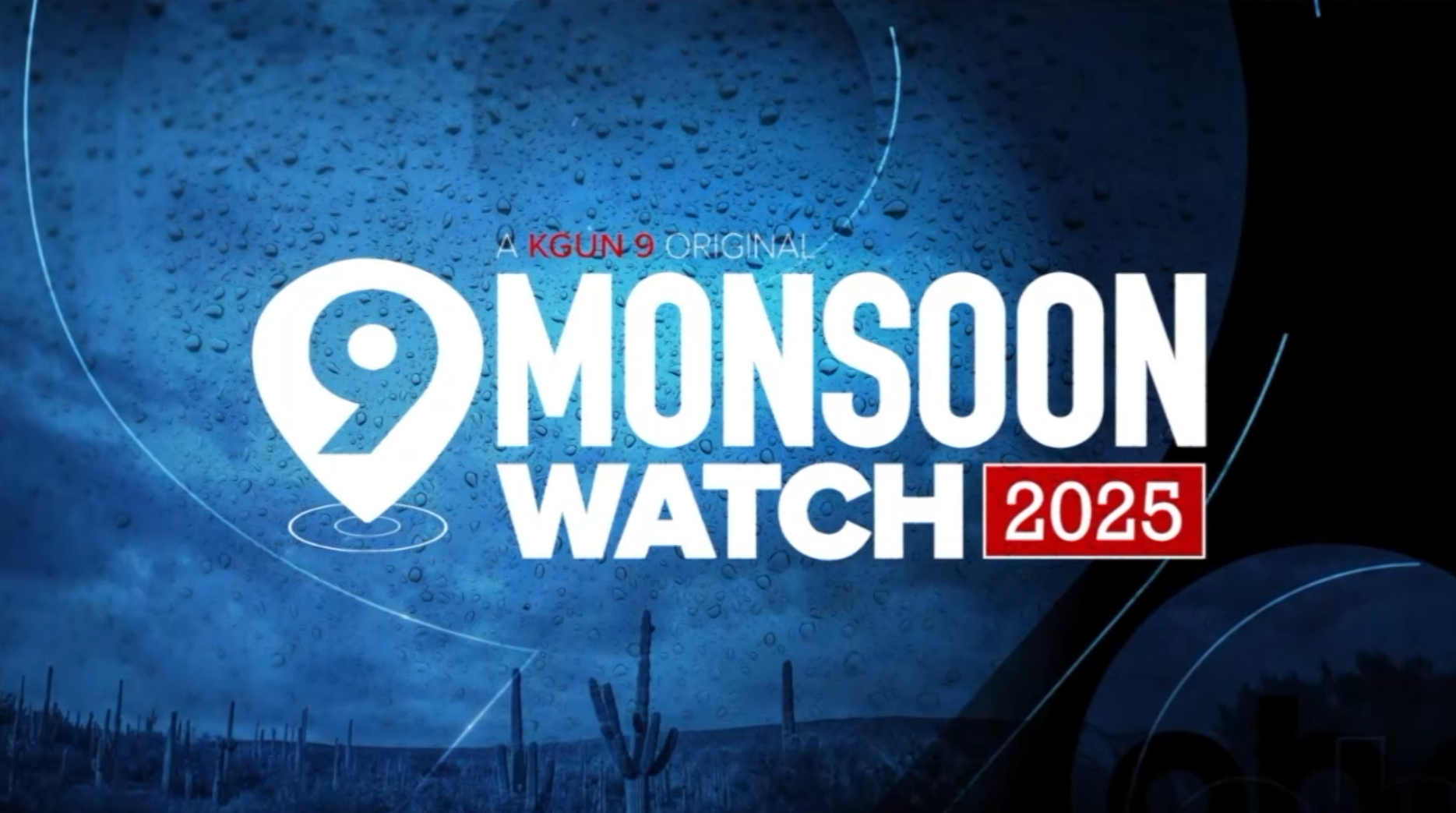TUCSON, Ariz. — During a virtual event in Washington D.C., the National Science Foundation unveiled the first image of the supermassive black hole at the center of the Milky Way galaxy. It's called Sagittarius A* , or Sgr A*. Among the scientists at Thursday's event were UArizona astronomers.
In a release from the University of Arizona, it says the image was produced by the Event Horizon Telescope Collaboration using observations from a worldwide network of radio telescopes. Researchers at the University of Arizona played a leading role in the effort, providing two of the eight telescopes used to make the observations and performing data analysis.
Although the black hole itself cannot be seen because it is completely dark, glowing gas around it reveals a telltale signature: a dark central region called a "shadow," surrounded by a bright ringlike structure. The new view captures light bent by the powerful gravity of the black hole, which is 4 million times more massive than the sun.
Our own black hole! Astronomers have just revealed the 1st image of the supermassive black hole at the center of our Milky Way galaxy using the @ehtelescope- a planet-scale array of radio telescopes that emerged from decades of NSF support. https://t.co/bC1PZH4yD6 #ourblackhole pic.twitter.com/pd96CH3V0m
— National Science Foundation (@NSF) May 12, 2022
"We were stunned by how well the size of the ring agreed with predictions from Einstein's theory of general relativity," said EHT project scientist Geoffrey Bower from the Institute of Astronomy and Astrophysics at Academia Sinica in Taipei, Taiwan. "These unprecedented observations have greatly improved our understanding of what happens at the very center of our galaxy and offer new insights on how these giant black holes interact with their surroundings."
The Submillimeter Telescope on Mount Graham in Arizona and the South Pole Telescope in Antarctica – both under the leadership of Dan Marrone, a professor of astronomy and an astronomer at UArizona's Steward Observatory [arizona.us3.list-manage.com] – proved that an Earth-sized telescope would work. Under the leadership of Chi-kwan "C.K." Chan, an associate research professor at Steward, the EHT team at UArizona developed powerful computational models capable of predicting what sources like Sgr A*, which change over time, would look like in the sky.
Because the black hole is about 27,000 light-years away from Earth, it appears to us to have about the same size in the sky as a donut on the moon.
The Sgr A* image breakthrough follows the EHT Collaboration's 2019 release of the first image of a black hole, called M87*, at the center of the more distant Messier 87 galaxy.
----
STAY IN TOUCH WITH US ANYTIME, ANYWHERE
- Download our free app for Roku, FireTV, AppleTV, Alexa, and mobile devices.
- Sign up for daily newsletters emailed to you
- Like us on Facebook
- Follow us on Instagram
- Follow us on Twitter







